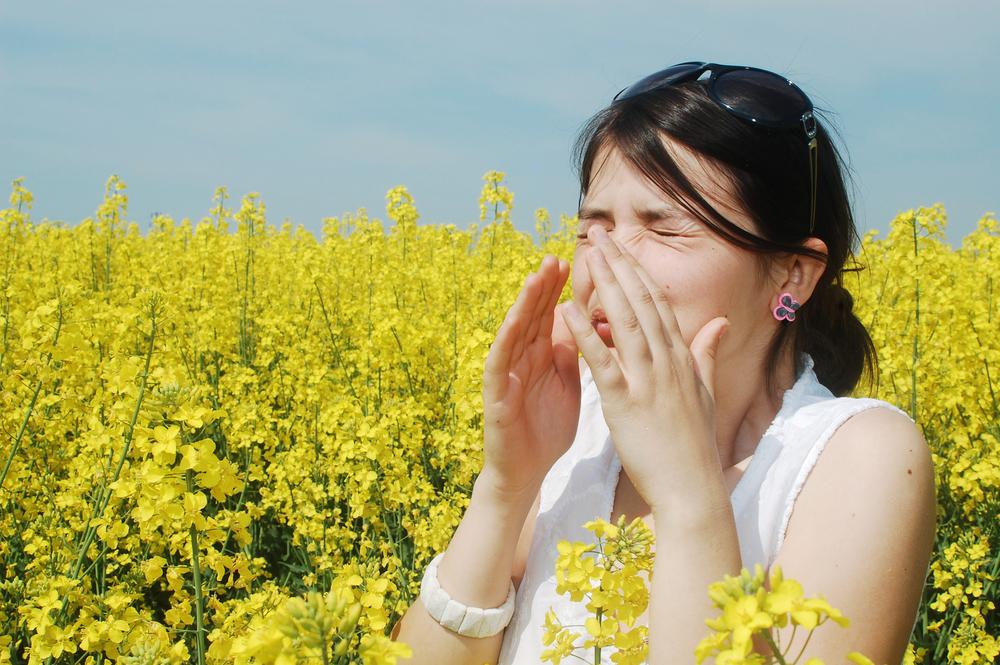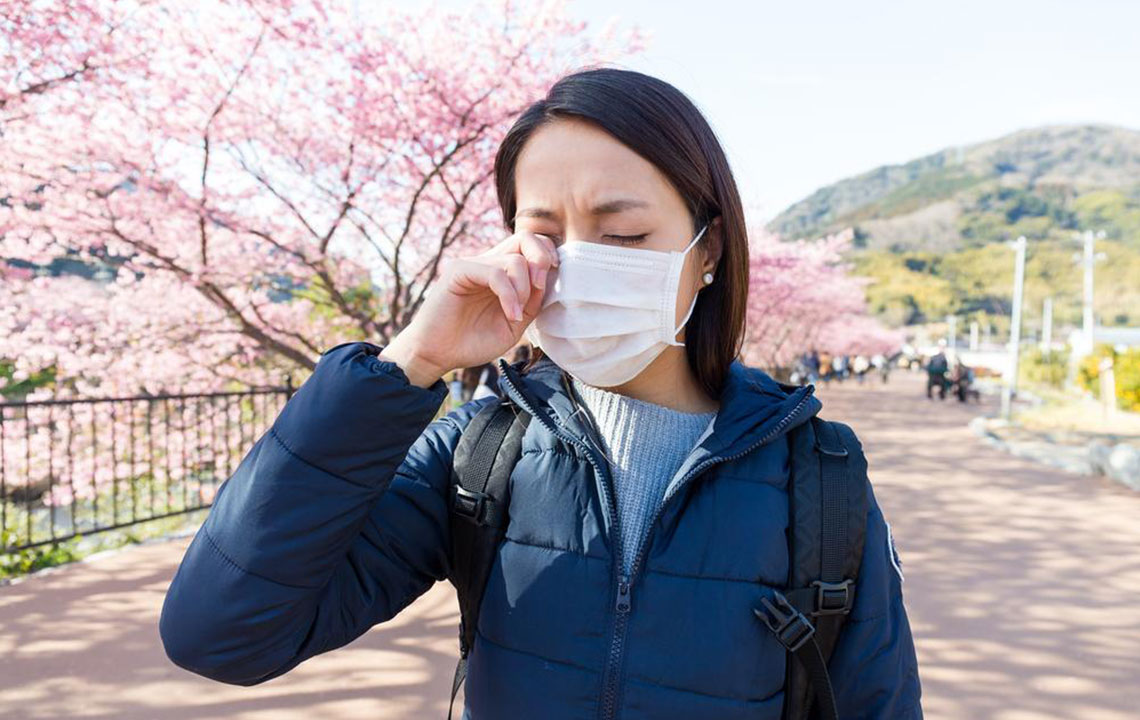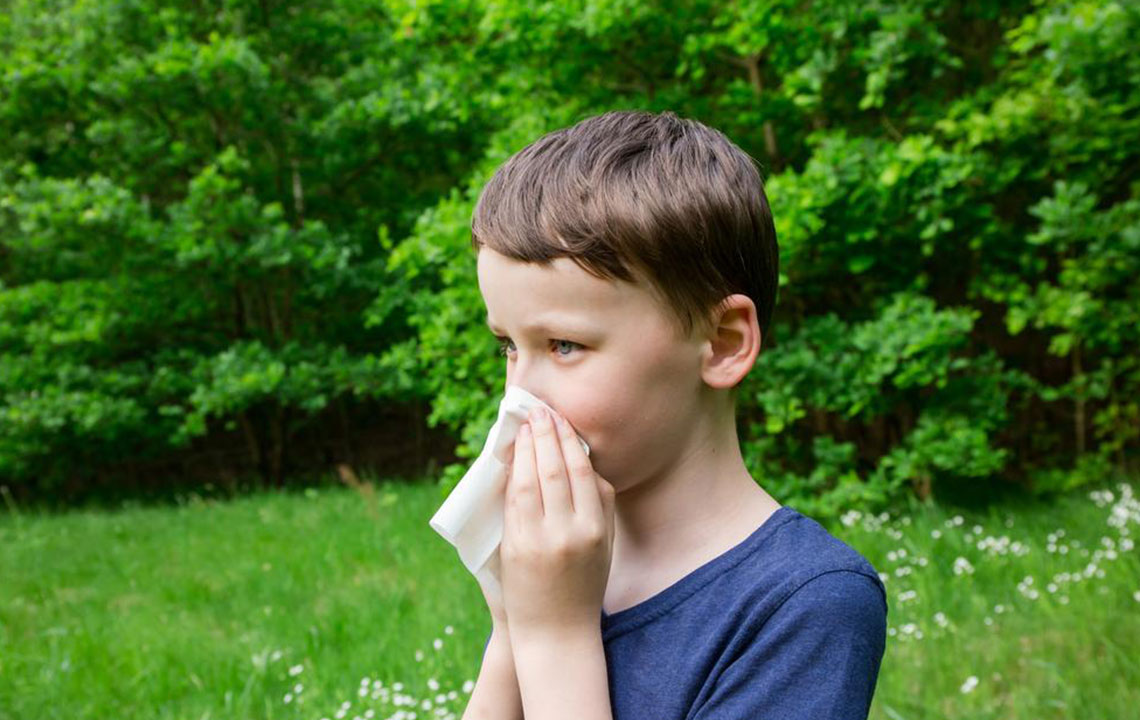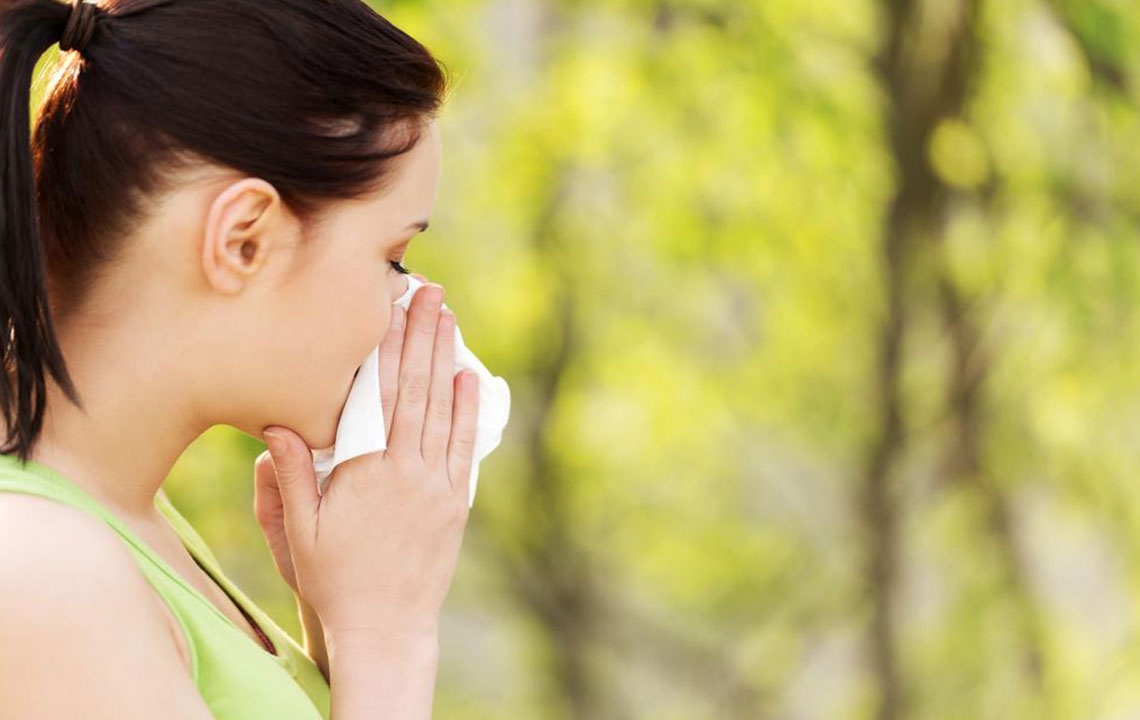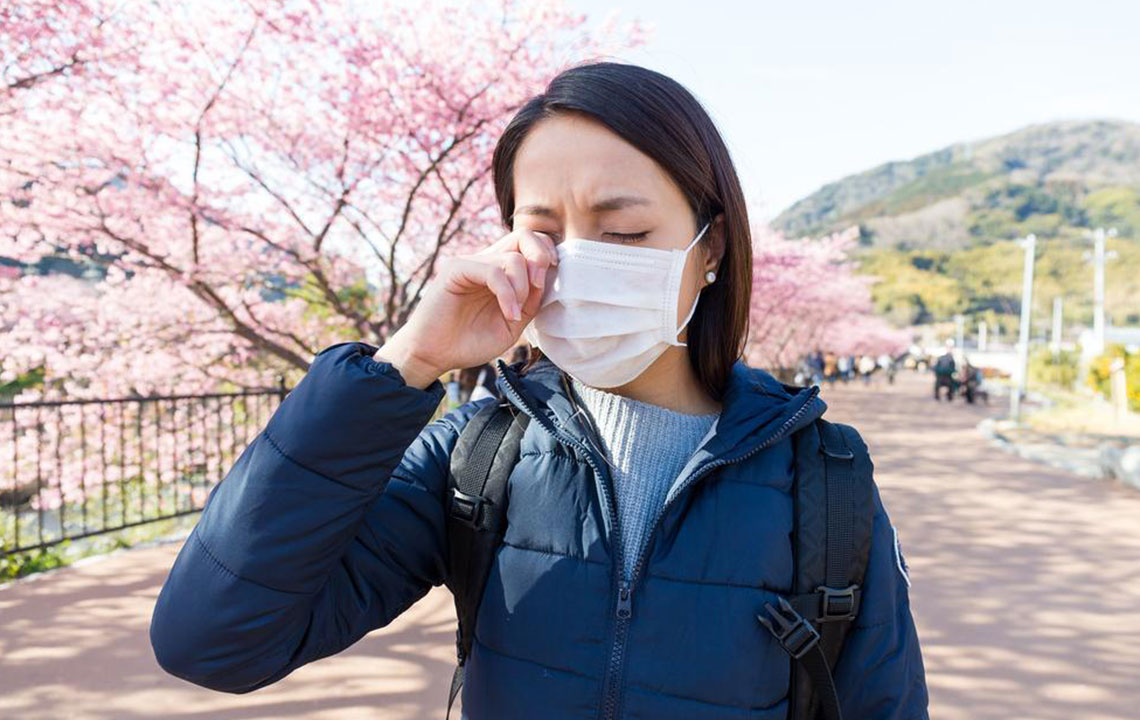Comprehensive Guide to Pollen Allergy Symptoms and Effective Management Strategies
This comprehensive guide delves into pollen allergy symptoms, causes, diagnosis, and management strategies. It provides valuable insights for allergy sufferers to reduce symptoms through medication, lifestyle changes, and immunotherapy. Learn how to minimize exposure, recognize triggers, and improve quality of life during high pollen seasons with expert tips and advice.
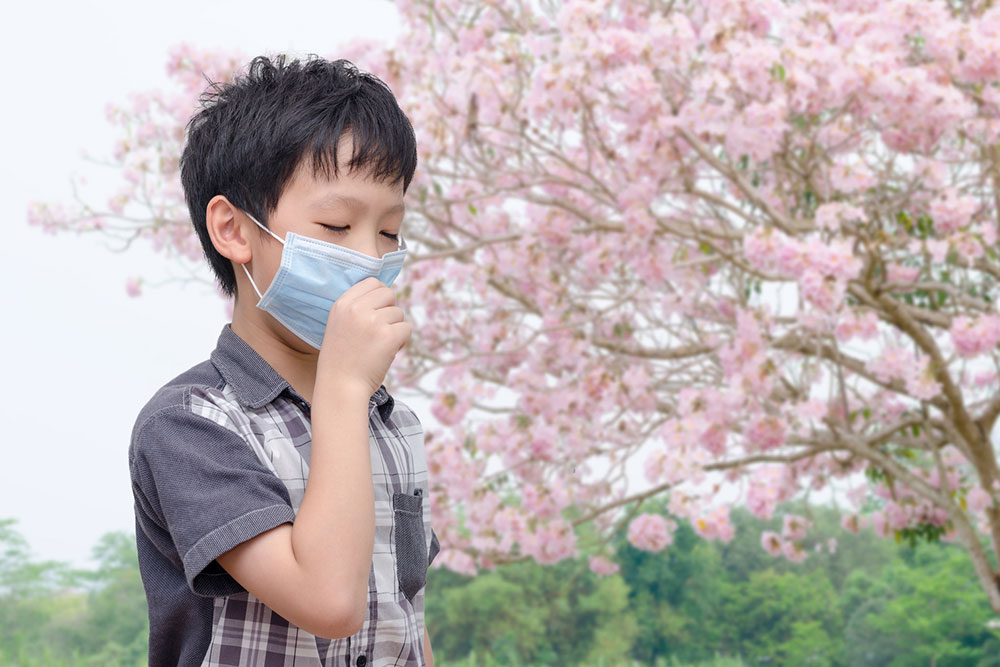
Comprehensive Guide to Pollen Allergy Symptoms and Effective Management Strategies
Understanding pollen allergy symptoms and how to effectively manage them is essential for millions of individuals who suffer from this common allergic condition. Pollen allergy, also known as hay fever or allergic rhinitis, affects people worldwide, especially during specific seasons when pollen counts rise. This detailed guide provides in-depth information about pollen allergy causes, symptoms, diagnosis, and effective management techniques that can help sufferers lead more comfortable lives.
What Is Pollen Allergy? An In-Depth Explanation
Pollen allergy is a hypersensitive immune response triggered by exposure to pollen from various plants. Pollen consists of fine, lightweight particles produced by flowering plants during their reproductive cycle. These particles are dispersed through the air via wind, insects, and other animals, making them easily inhaled by humans. For those with pollen sensitivities, even minimal exposure can cause a range of allergy symptoms that can significantly affect daily activities and overall quality of life.
The most common sources of pollen that precipitate allergic reactions include trees such as oak, birch, cedar, and pine during the spring; grasses like Bermuda, Kentucky bluegrass, and Timothy during late spring and summer; and weeds predominantly ragweed, which flourishes in the fall. These seasonal variations mean that allergy season often varies depending on geographical location and local flora.
Understanding the Causes of Pollen Allergies
Plant reproduction is the primary biological process behind the generation of pollen allergens. During this process, plants release pollen grains into the air, which can then be inhaled by humans. Certain plants produce more allergenic pollen, such as oak trees and ragweed, which are notorious for causing severe allergic reactions. When these fine particles enter the nasal passages, they interact with the immune system, which perceives them as hazardous invaders and mounts an allergic immune response.
This immune response involves the production of specific antibodies called Immunoglobulin E (IgE). These antibodies bind to mast cells in the mucous membranes of the nose and eyes, prompting the release of chemicals like histamine. Histamine causes many of the classic allergy symptoms, including runny nose, sneezing, itchy eyes, and nasal congestion.
Understanding that pollen levels are closely tied to plant reproductive cycles helps individuals anticipate high-risk periods. Weather conditions also influence pollen dispersion; windy and dry days often have elevated pollen counts, increasing the risk of allergic reactions.
Risk Factors and Who Is Most Susceptible
While anyone can develop pollen allergies, certain factors increase vulnerability. People who have other allergic conditions, such as asthma, eczema, or atopic dermatitis, tend to be more prone. Exposure to dust mites, pet dander, and other environmental allergens can compound sensitivity and worsen symptoms.
Individuals with a family history of allergies also face a higher likelihood of developing pollen sensitivity. Children with allergic parents are particularly at risk, and early exposure to airborne allergens can sometimes influence the severity of future responses. Additionally, outdoor workers, gardeners, and residents in regions with high pollen counts are at increased risk of experiencing allergy symptoms.
Recognizing the Symptoms of Pollen Allergies
The manifestation of pollen allergy symptoms can range from mild discomfort to severe, debilitating reactions. Common symptoms include:
Runny or congested nose, often leading to sinus pressure
Itchy, red, and watery eyes (known as allergic conjunctivitis)
Sneezing episodes, often with multiple sneezes in succession
Itchiness in the nose, throat, and roof of the mouth
Post-nasal drip causing cough or sore throat
Dark circles or swelling under the eyes, sometimes referred to as allergic shiners
Fatigue resulting from disturbed sleep or constant discomfort
In some cases, individuals may also experience headaches or sinus infections if allergies lead to sinus congestion and secondary infections. People with underlying asthma may notice increased bronchial symptoms, such as wheezing or shortness of breath, during high pollen seasons.
Diagnosing Pollen Allergies: Methods and Tests
Accurate diagnosis is crucial to managing pollen allergies effectively. A healthcare professional, typically an allergist or immunologist, will conduct a comprehensive medical history review, asking about symptom patterns, duration, and potential environmental triggers.
The physical examination involves inspecting the nose, eyes, throat, and sinuses for signs of allergic reaction. To confirm pollen sensitivity, doctors often recommend allergy testing, which includes:
Skin prick tests: Small amounts of purified allergens are introduced into the skin via tiny punctures; if allergic, a localized skin reaction such as redness or swelling will occur within 15-20 minutes.
Blood tests: Measurement of specific IgE antibodies in the bloodstream, providing a quantitative assessment of allergen sensitivity.
Keeping a detailed allergy diary can also help identify triggers by correlating symptom flare-ups with outdoor activities, weather changes, or specific plants in the vicinity.
Effective Management and Treatment Options for Pollen Allergies
Managing pollen allergy symptoms involves a combination of medication, lifestyle modifications, and, in some cases, immunotherapy. The goal is to reduce symptoms, limit exposure, and prevent long-term complications.
Over-the-Counter Medications:
Antihistamines: Drugs like loratadine, cetirizine, and fexofenadine block histamine effects, alleviating sneezing, itching, and runny nose.
Decongestants: Medications such as pseudoephedrine or oxymetazoline nasal sprays help reduce nasal swelling and congestion but should be used cautiously to avoid rebound effects.
Nasal corticosteroids: Sprays like fluticasone or mometasone decrease inflammation within the nasal passages, offering long-term relief.
Eye drops: Antihistamine or anti-inflammatory eye drops reduce itchy, watery eyes.
Additional Therapeutic Strategies:
Nasal irrigation: Rinsing sinuses with saline solutions (e.g., neti pots) helps flush out allergens and mucus, providing relief.
Environmental controls: Using HEPA air purifiers, keeping windows and doors closed during high pollen seasons, and wearing masks outdoors can significantly reduce allergen exposure.
Protective accessories: Wearing sunglasses, hats, or masks outdoors minimizes pollen contact with eyes and hair.
Immunotherapy: Long-Term Relief
For individuals with persistent or severe pollen allergies, immunotherapy offers a promising long-term solution. This approach involves administering gradually increasing doses of specific allergens through allergy shots or sublingual tablets, helping the immune system tolerate pollen better over time.
Allergy shots involve injections administered typically weekly or biweekly during the buildup phase, followed by monthly maintenance doses. Sublingual tablets, such as those for grass or ragweed, are placed under the tongue and are a convenient alternative to injections.
Immunotherapy can reduce the severity of symptoms or even eliminate the allergic response altogether. However, it is essential to undergo this treatment under medical supervision due to potential allergic reactions.
Preventive Measures and Tips to Minimize Pollen Exposure
Preventing pollen exposure is the most effective way to manage allergy symptoms. Since pollen counts can vary based on location and weather, staying informed about daily pollen forecasts is crucial.
Monitor local pollen counts through weather reports or specialized apps.
Limit outdoor activities during high pollen days, especially in the early morning or late afternoon when pollen counts peak.
Keep windows and doors closed to prevent pollen from entering indoor spaces.
Use high-efficiency particulate air (HEPA) filters in heating and cooling systems to trap airborne allergens.
Change and wash clothes after outdoor activities to remove pollen from fabric and skin.
Take a shower before bedtime to rinse pollen from hair and skin, reducing allergen exposure during sleep.
Maintain clean indoor environments by regular dusting, vacuuming with HEPA filters, and reducing clutter that can harbor allergens.
By adopting these precautions, individuals vulnerable to pollen allergies can significantly reduce their symptoms and enjoy outdoor activities with fewer concerns.
In conclusion, understanding pollen allergy symptoms, knowing the causes and risk factors, and employing appropriate management techniques are vital for those affected. Accurate diagnosis and personalized treatment plans can improve quality of life and minimize the impact of seasonal allergies. With ongoing research and advances in allergy therapies, managing pollen allergies continues to become more effective, allowing sufferers to pursue daily activities with greater confidence and comfort.
